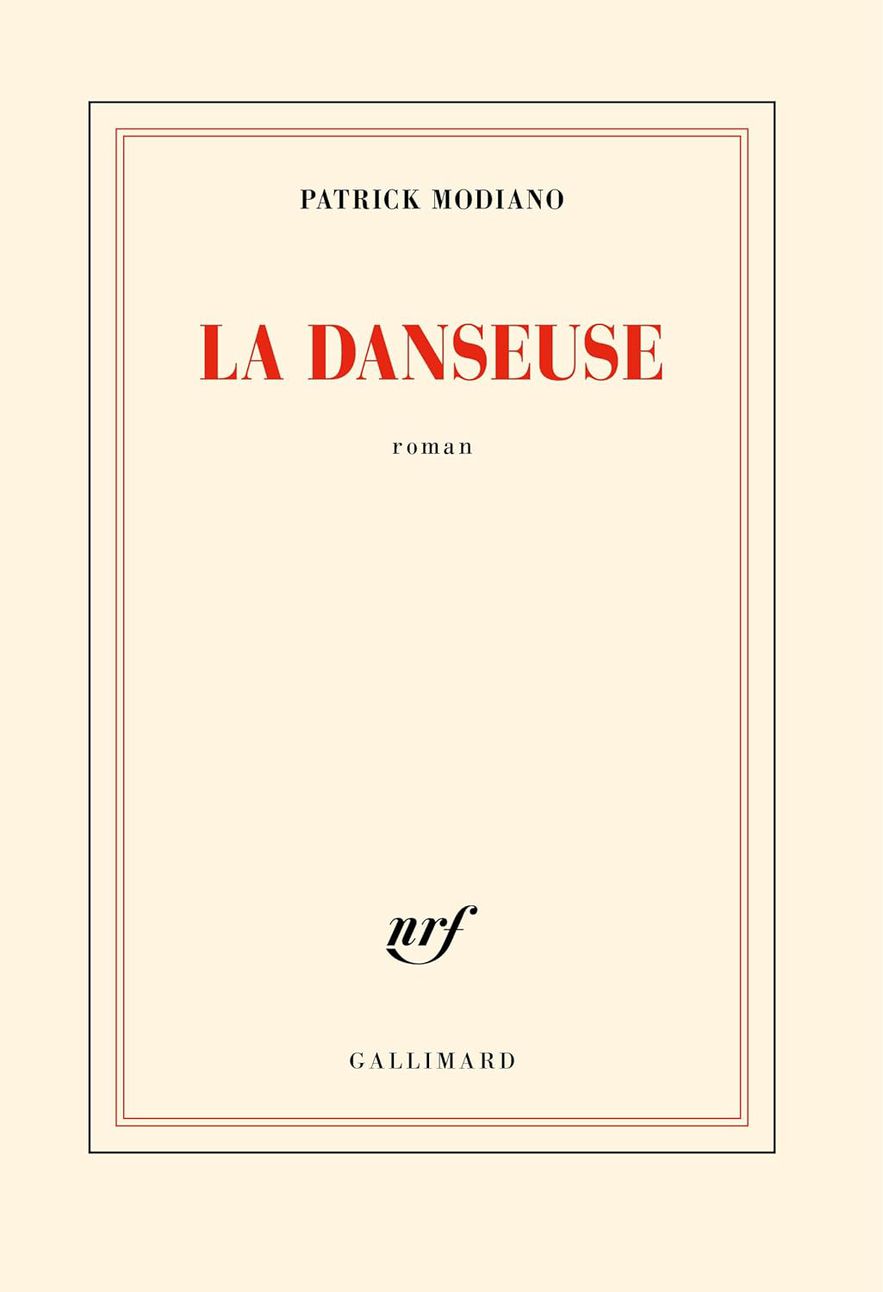Hurricane Lolita (Diary 1958-1959)
By Véra Nabokov, trans. from English by Brice Matthieussent.
Editions de L’Herne, 128 p., €14.
L’Express rating: 4/5
Hurricane Lolita (Diary 1958-1959) By Véra Nabokov, trans. from English by Brice Matthieussent.
© / Editions de L’Herne
Neither pompous nor servile, and even less submissive or self-effacing, no, Véra Nabokov (1901-1991) was none of those things. The long-term wife (fifty-two years of marriage) of the author of The Real Life of Sebastian Knight was in reality the conductor of an exceptional destiny, multiplying the tasks of typist, secretary, literary agent, negotiator, archivist, driver, even bodyguard, and working with determination to have her husband’s genius recognized. A recognition that came late with Lolitawhile the author born in Saint Petersburg is over 59 years old.
This unfailing determination, this essential presence, we discover in a new little book, Hurricane Nabokov (Journal 1958-1959) that the editions of L’Herne publish alongside a superb Notebook devoted to Vladimir Nabokov (272 pages, 33 euros). First written by four hands then very quickly held by Véra alone, the newspaper relates day after day or almost the global tsunami caused by the publication in the United States, on August 18, 1958, of Lolita, this masterpiece by the Russian writer exiled in 1940 in the United States (after Paris and Berlin and before Montreux), published in 1955 in Paris by Olympia Press – banned the following year by the Ministry of the Interior – and celebrated by Graham Greene in the Sunday Times.
Started in May, the journal deals with the preparations for publication with the American publisher Putnam, but also and above all with Dmitri, their son, residing in New York, and with butterflies of all species gleaned by the writer in the net while the couple made a long journey, from motel to motel, through Montana and Wyoming. Come August 18, the Nabokovs travel to New York. The press is inflamed, sales are going wild, Lolita established itself on the bestseller list and requests poured in, often declined with an implacable “No, thank you”. Harris-Kubrick buys the rights for the cinema, the contract is negotiated step by step. But Véra is worried by the distortion of Lolita in popular culture and in everyday language, the young heroine, victim of the pedophile Humbert Humbert, becoming synonymous with “young seductive girl”. “Yet I wish someone would notice the tender depiction of this child’s helplessness, her pathetic dependence on the monstrous Humbert Humbert, and her heartbreaking courage throughout.” All of this can be found more or less in the imposing Vladimir Nabokovrich in 18 contributions and some tasty unpublished pieces like Nabokov’s salty critique of Doctor Zhivagopublished in September 1958. A Notebook to read to all admirers ofAda or ardor. Marianne Payot
The dancer
By Patrick Modiano.
Gallimard, 112 p., €16.
L’Express rating: 4/5

The Dancer By Patrick Modiano.
© / Gallimard
“One evening in November or December, I came to pick up a child named Pierre from a building in the northwest of Paris to take him home.” And again: “Was I sure I had met this ghost? Or was it a dream that I had had the day before this meeting and that I let persist during the day, to forget the present ?” It’s crazy. It only takes a sentence or two taken at random from this short story to immediately recognize the unique touch of its author. Writers are rare to have printed French literature in this way. Patrick Modiano, 2014 Nobel Prize winner, is one of them. It’s hard to be surprised: the narrator of his 31st novel, The dancerstrangely obsessed with the hordes of tourists in peaked caps dragging their wheeled suitcases behind them, looks back on the past, when, around fifty years ago, vaguely a lyricist, he met “the dancer”.
Everything is a little shady and mysterious in this past which ebbs and flows “as drowned people rise to the surface of the Seine”. Who is this dancer, sweetly flighty and with such a light gait, that the narrator does not let go of one step? We will know the bare minimum: born in Saint-Leu-la-Forêt, mother of a little Pierre, whose father had to quickly escape from the police radars, she assiduously follows the lessons of a certain Boris Kniaseff . And who is this Serge Verzini, not really reputable owner of several apartments and the restaurant La Boîte à Magie, in the 17th arrondissement, who took the dancer and the young narrator under his thumb? The memories are blurred and the charm operates. Irresistibly. We would like to wander endlessly through the streets of Paris in the company of Patrick Modiano. PM
The Editor
By Capucine Ruat.
Phébus, 272 p., €19.50.
L’Express rating: 3/5

The Editor By Capucine Ruat.
© / Phoebus
We won’t hide it from you, we knew this publisher well, who was Capucine Ruat’s beloved boss at Stock, from 1999 to his death in 2013. Yes, who, provided he was born in the last century, does not didn’t know Jean-Marc Roberts, this charismatic novelist and editor, price-maker, player, lover of football and life? In his “pool”, a host of novelists (Christine Angot, Philippe Claudel, Brigitte Giraud, etc.) who also pay homage to him in I read you last night (Albin Michel).
Capucine Ruat looks back on the sensational debut, in 1972, of the young 17-year-old author with Saturday, Sunday and holidays, encouraged by the watchman of the Seuil at the time, Jean Cayrol. She also takes us behind the scenes of publishing, and tells us, step by step, the adventure of a book, from the manuscript to its sale. Enriching. PM
